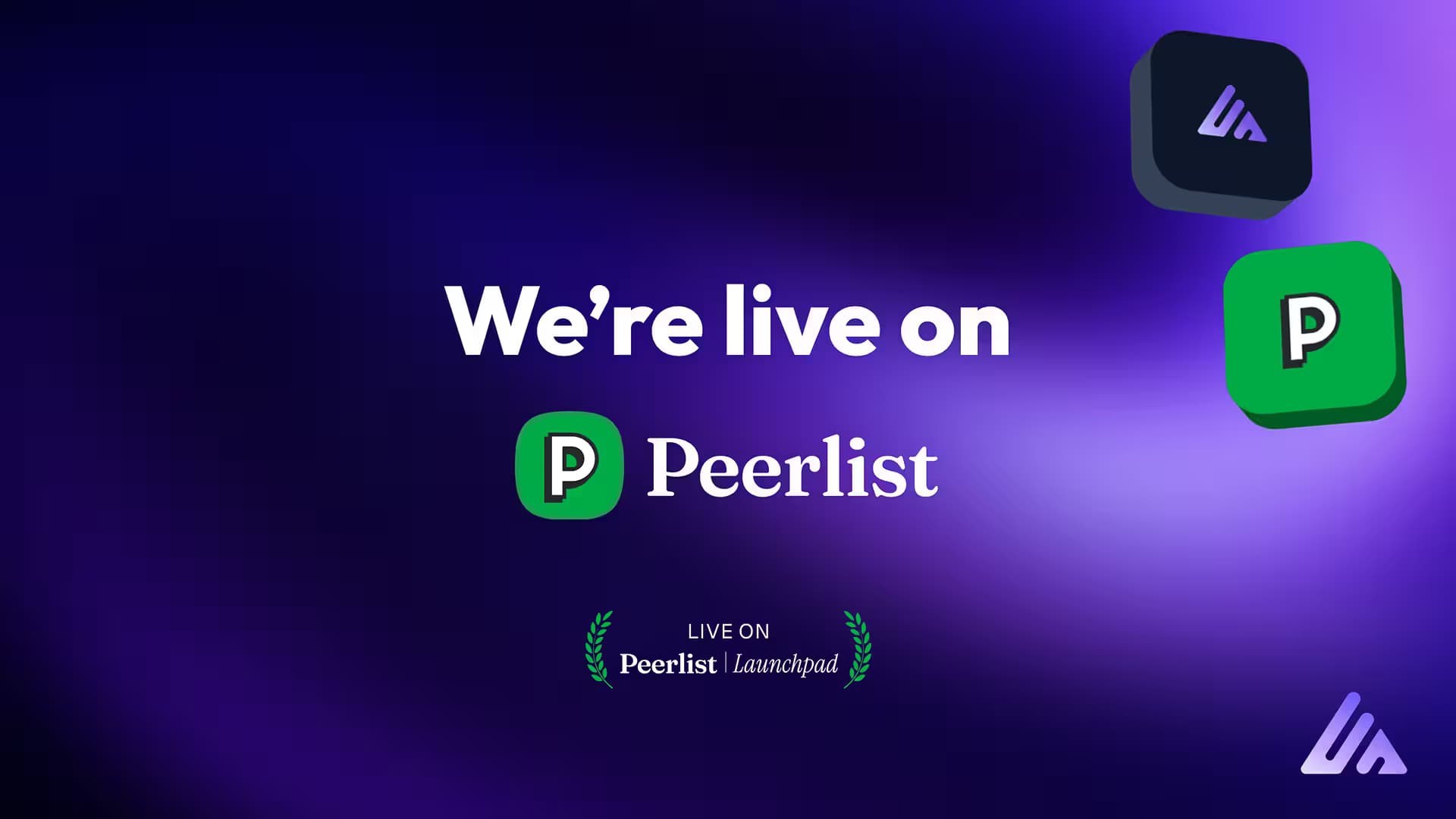
We're Live on Peerlist Launchpad

Hi everyone👋,
We’re excited to announce that dFlow is officially live on the Peerlist Launchpad. Support us with an upvote❤️.
Introduction to dFlow
dFlow is a open source alternative to Railway, Heroku & Vercel. With full control over your infrastructure and data. Host and Scale Apps, Databases & Storage in your own cloud. Automated deployment workflows, container orchestration, and infrastructure management tools, all within your private network.
Features
dFlow comes with everything you need to deploy, manage, and monitor applications. Here are some of the key features that make dFlow powerful, secure, and developer-friendly👇
Private Networking (Tailscale):
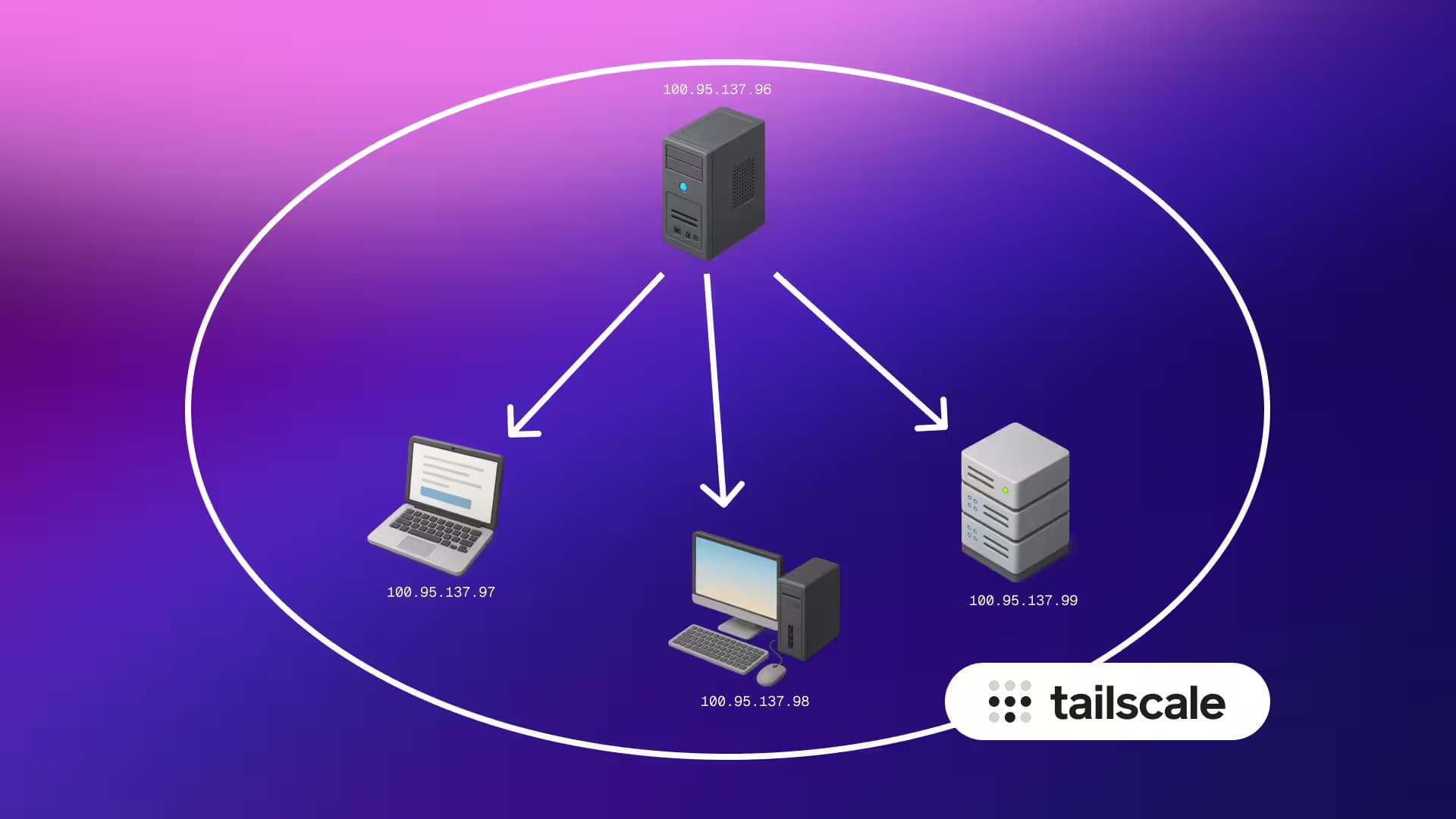
At the core of dFlow’s networking layer lies Tailscale, a mesh VPN built on top of WireGuard, known for its simplicity, security, and performance.
When a new server is added to dFlow, it’s automatically connected to your private network, known as a Tailnet.
Unlike traditional systems that rely on SSH keys and open ports, dFlow doesn’t use SSH keys at all. Instead, it executes all commands over your Tailnet using identity-based authentication.
Works on Your Infrastructure:
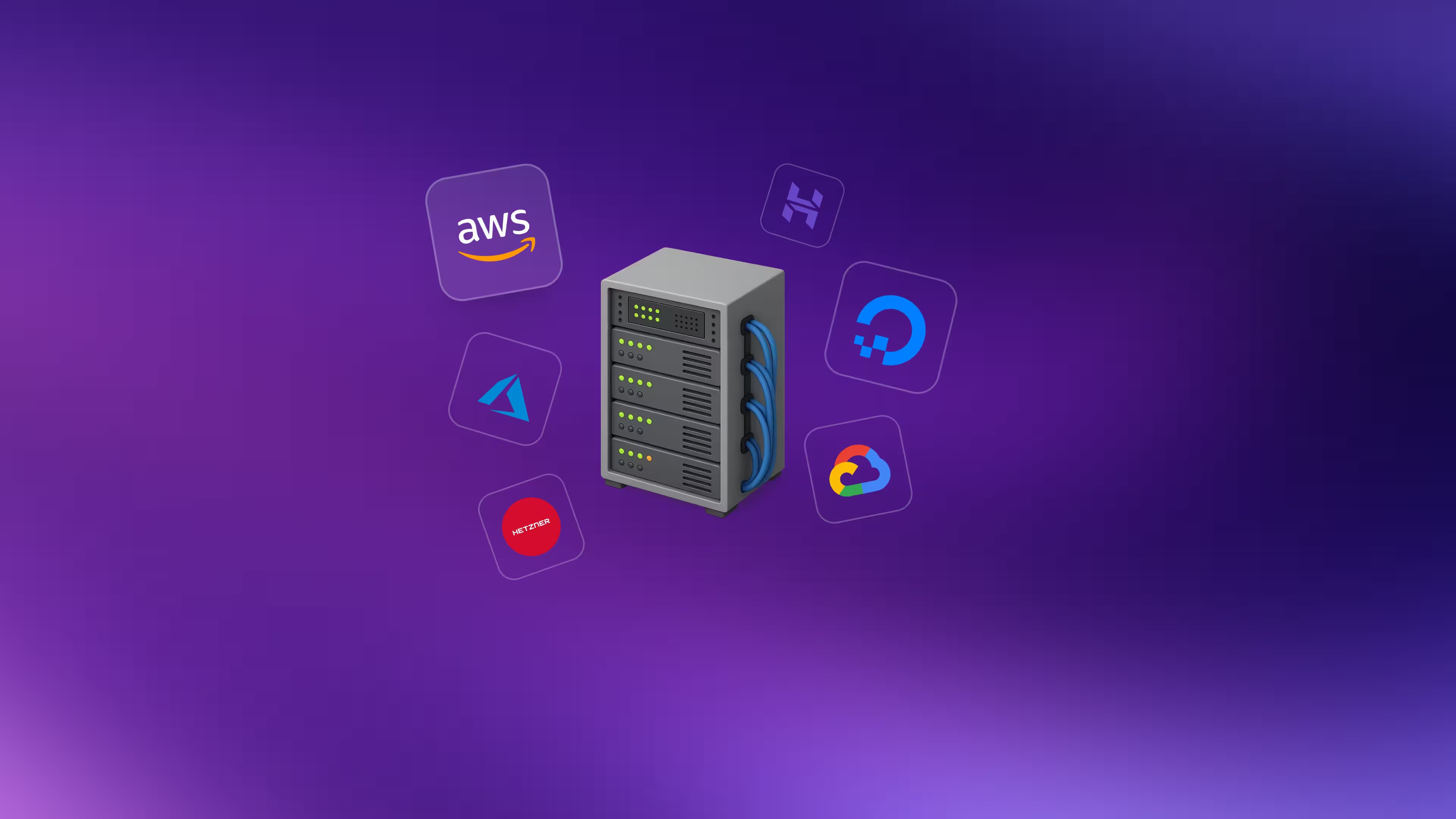
dFlow is built to run on your existing infrastructure, regardless of where it lives.
Whether your servers are on AWS, Azure, GCP, or a VPS provider like Hetzner, DigitalOcean, or Hostinger, or even running bare metal, dFlow abstracts away the differences between them.
Behind the scenes, dFlow communicates with your servers through its control plane over your Tailnet, allowing it to deploy applications and manage services consistently across any environment.
Monitoring Built-In:
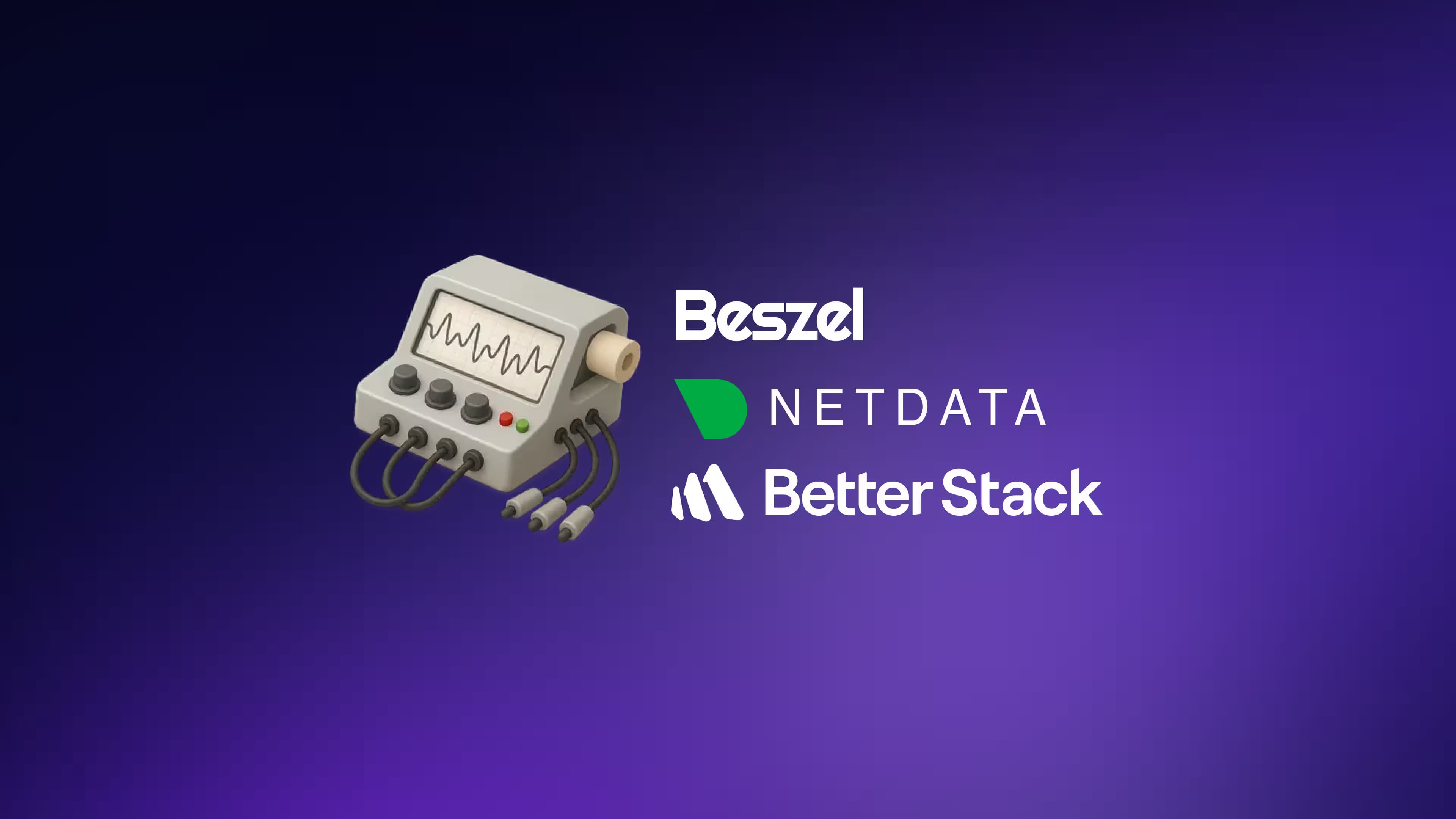
Modern infrastructure demands observability, not guesswork. dFlow comes with two integrated monitoring systems, each designed for different needs:
- Beszel – Lightweight Default Monitoring
Beszel is a minimal, resource-efficient monitoring agent built for simplicity. It collects real-time metrics such as CPU, memory, disk, and network usage and streams them directly to your dFlow dashboard.
- Netdata – Advanced Observability
For deeper insights, dFlow integrates with Netdata, a robust, open-source observability platform. Netdata provides per-second metrics, anomaly detection, and interactive visualizations.
Automated Backups:

Reliable backups are a cornerstone of any deployment platform. dFlow uses Restic, a modern, fast, and encrypted backup solution that supports all S3-compatible storage providers (like AWS S3, Cloudflare R2, or MinIO).
Data from Applications, Databases, and Volumes is securely backed up. You can restore data to any server
Organization Support:

dFlow is designed with teams and organizations in mind. Its access system goes beyond static roles and introduces dynamic, rule-based access control (RBAC).
Each organization in dFlow operates as an isolated tenant, with its own users, roles, and permissions.
- You can define roles like
Admin,Developer, orOwner, or create your own custom ones. - Permissions can be fine-tuned down to specific actions — like “Deploy app,” “View Project,” or “Manage backups.”
White Labeling:
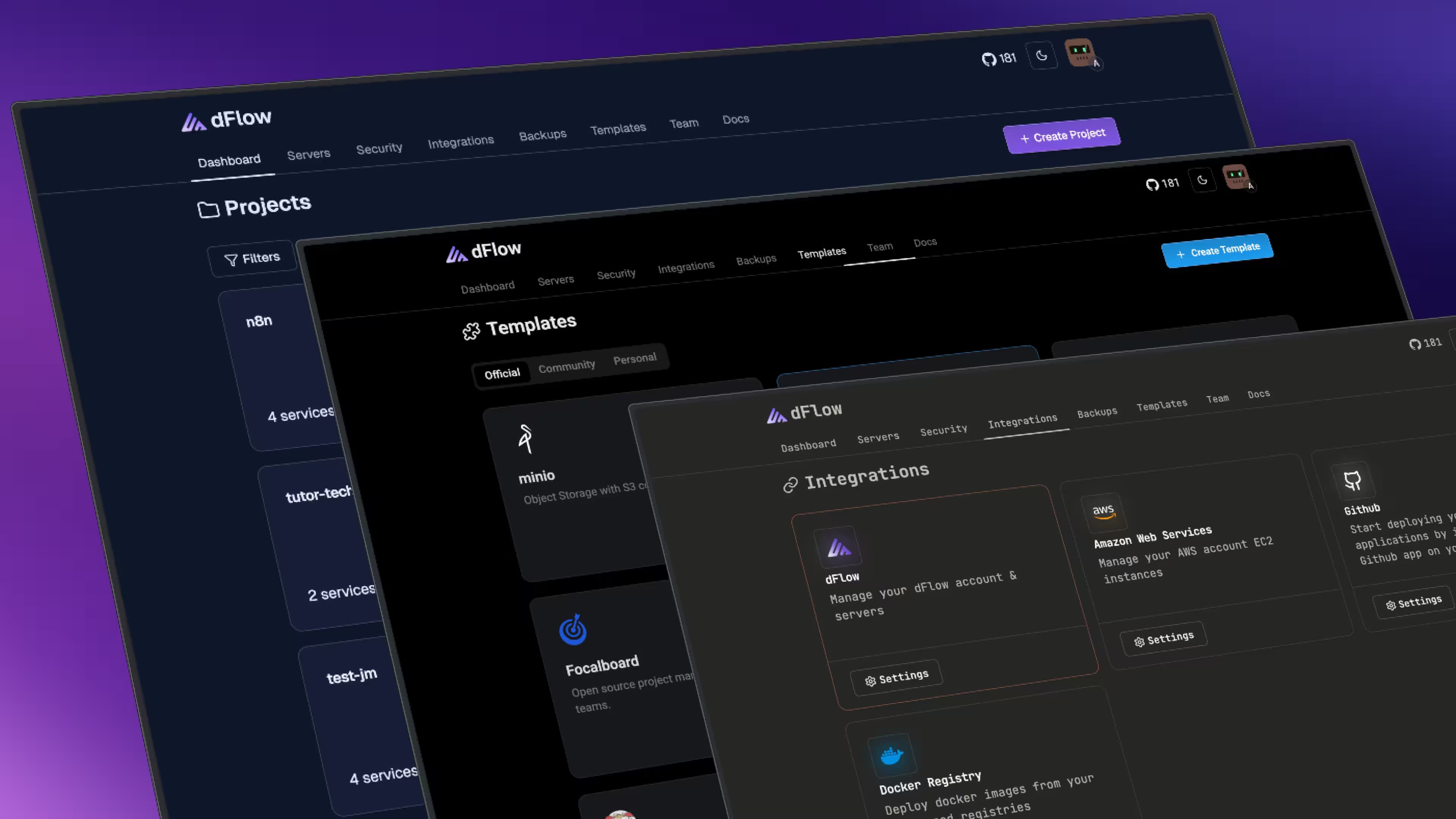
You can customize the entire dFlow interface to match your brand. Fonts, color palettes, and visual elements can all be tailored to your preference.
Under the hood, dFlow uses Tailwind CSS with a ShadCN design system that supports CSS variable-driven theming. This makes it easy to define consistent color palettes and typography that automatically apply across the entire dashboard.
Fully Self-Hostable:
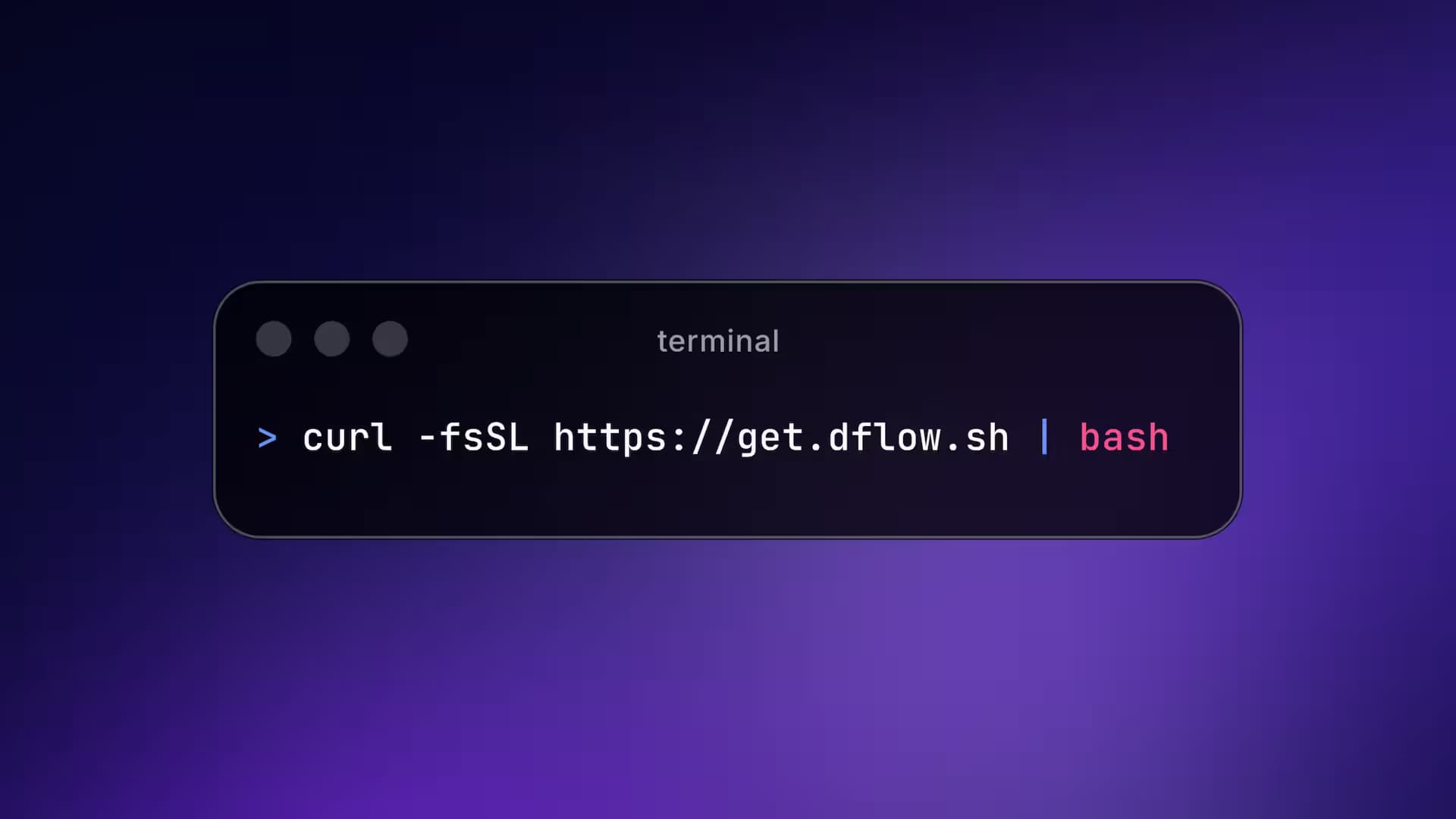
We believe in open source and developer ownership. Every part of dFlow is self-hostable, you can deploy the entire system on your own infrastructure, behind your own firewall, and with your own data policies.
By running dFlow yourself, you retain:
- Full control over data, infrastructure, and security.
- Transparency, since the code is open and auditable.
Architecture
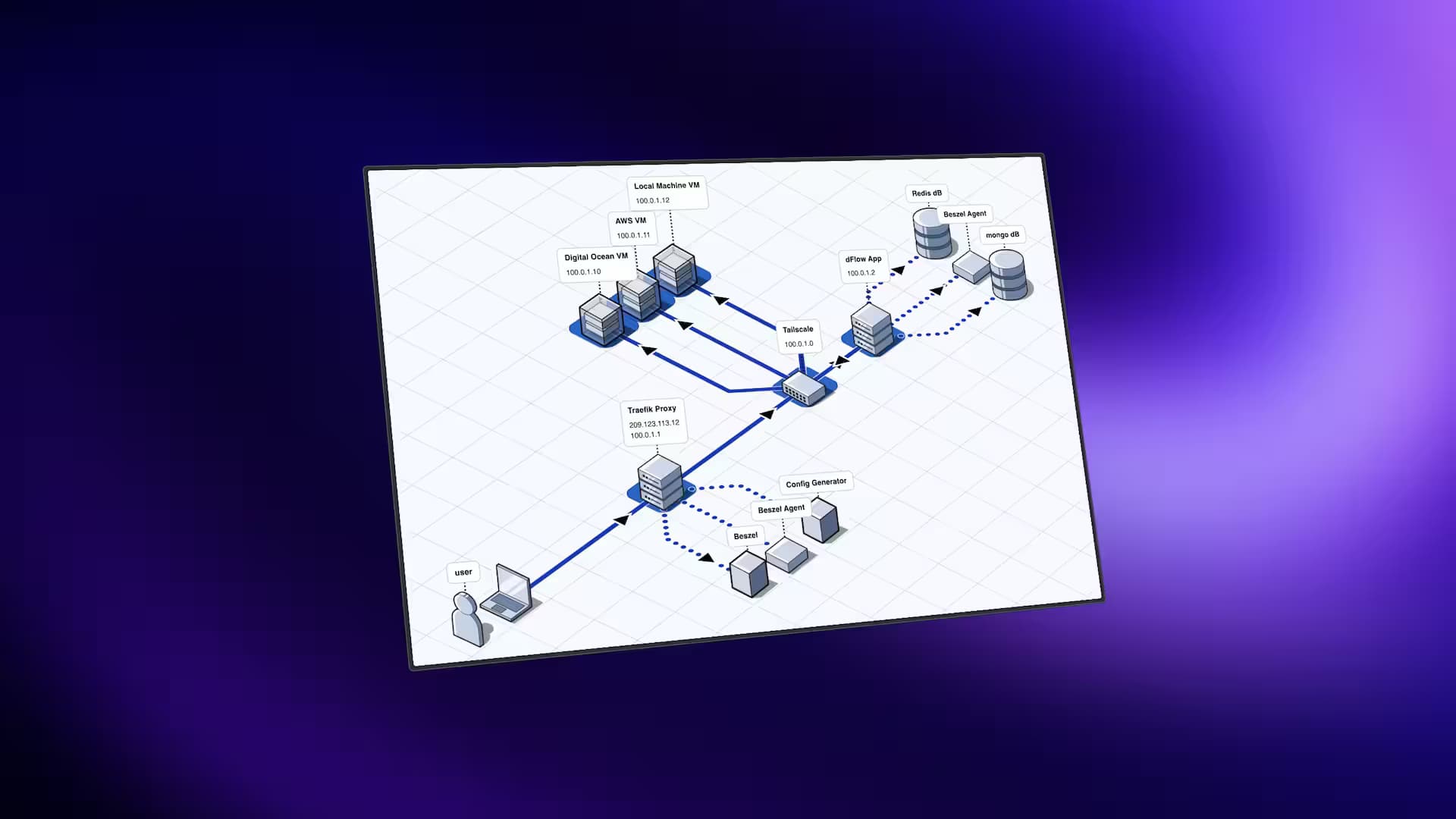
Curious about how dFlow was built? Dive into the architecture and design decisions behind dFlow: Inside the Architecture of dFlow
💬 Join the Community

We’d love your feedback and contributions!
- Join our Discord community — we’re active and happy to help
- Report bugs or suggest features via GitHub Issues
- Follow us on LinkedIn for updates and release notes